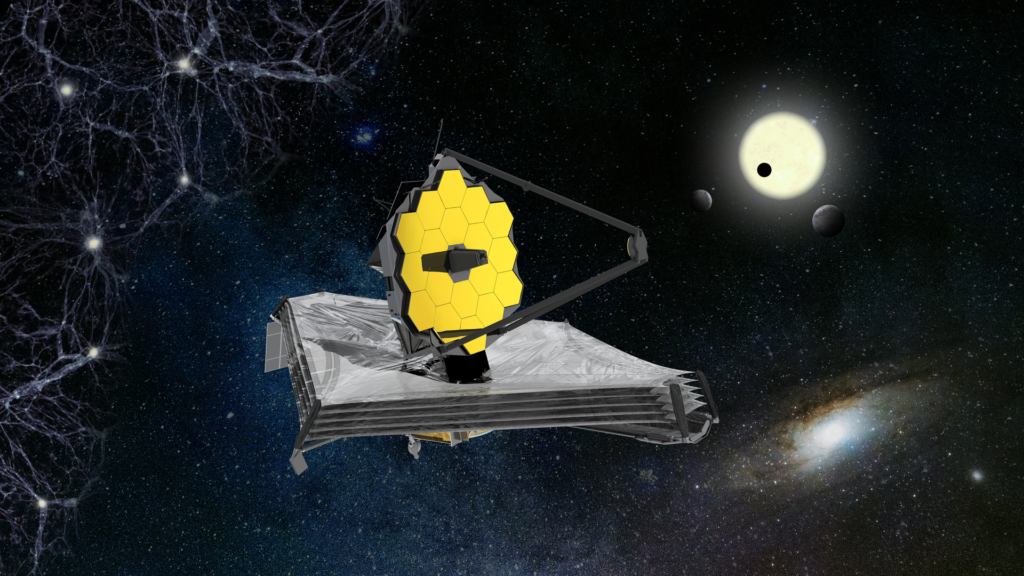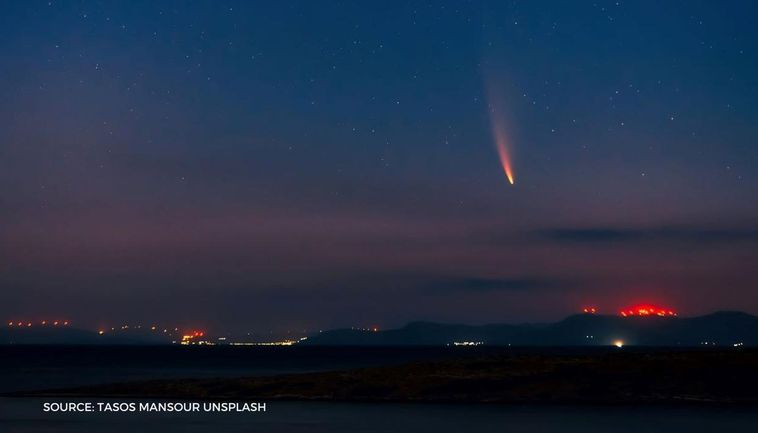Are we on the verge of mining metals from the asteroids above Earth? This question, once confined to science fiction
MoreOn March 14, 2025, SpaceX successfully launched its Crew-10 mission from NASA’s Kennedy Space Center in Florida
MoreThe final solar eclipse of the year will be visible today, on Oct. 25. It will be visible across Europe, western Asia and northeastern Africa and the Middle East, according to NASA. It will be a partial eclipse, in which the moon is not perfectly aligned with the Earth and the sun, so it will not
MoreThis month NASA’s DART spacecraft will collide with the smaller of the two Didymos asteroids in deep space, attempting to shift its orbit in what will be humankind’s first test of the ‘kinetic impactor’ planetary defence technique. Meanwhile, down on the ground, ESA’s follow-on mission to Didymos has reached its own crucial milestone.
MoreComet Leonard, a mass of space dust, rock and ice about a kilometre across is heading for a close pass of the Sun on 3 January, and the ESA/NASA Solar Orbiter spacecraft has been watching its evolution over the last days.
MoreToday, ESA and NASA have publicly released the first globally-harmonised assessment of above ground biomass – information that is vital for managing global climate change.
MoreSpaceX launched four private citizens to space on Wednesday, kicking off the first-ever crewed mission to orbit without any professional astronauts on board.
MoreThe General Observer scientific observations for the NASA/ESA/CSA James Webb Space Telescope’s first year of operation have been selected.
MoreA brightly lit meteor sped through the night sky in the US state of Vermont on Sunday, March 7.
MoreEssential preparation for the mission’s flight to Mars and plunge through the planet’s atmosphere is to ensure the spacecraft is perfectly balanced when spinning.
More









